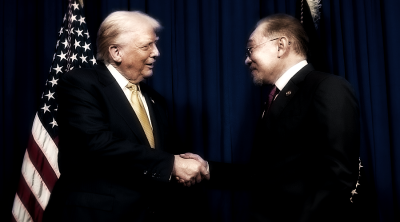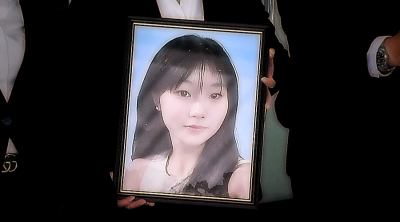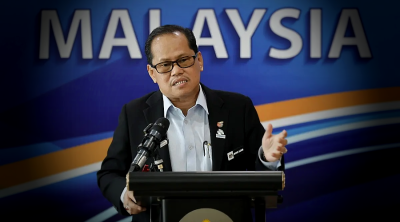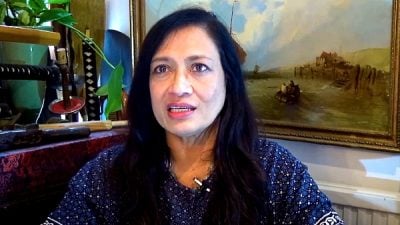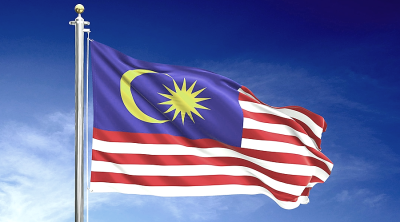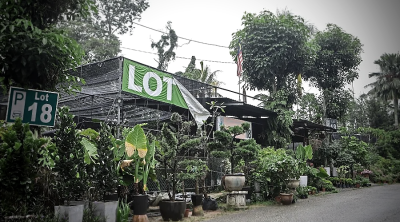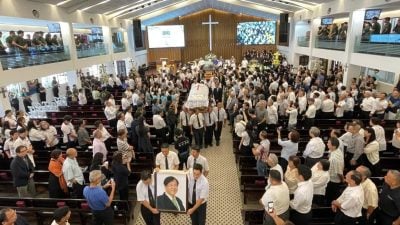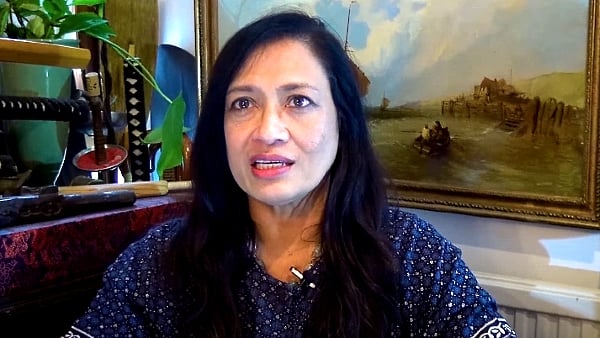
The current issue about temples being termed ‘illegal’ have caused much controversy and angst in Malaysian society.
The latest was on the 14th April when the management of the Taiping Hospital responded to a complaint about a place of worship located on its premises.
The official reply was titled “Maklumbalas PCB 965228 – Aduan Kuil Haram”, in which the deputy director of the Taiping Hospital, Arni Nadhirah Abdul Hadi, said that appropriate legal action would be taken.
The term ‘illegal’, which was used to describe the status of the temple, upset the deputy president of MIC, M Saravanan.
He wrote to the Prime Minister, Anwar Ibrahim urging him to direct all government agencies and departments to cease using the term “kuil haram” (illegal temples).
Saravanan said that many of these temples were built decades before the enactment of the National Land Code in 1965.
He was right to say that these houses of worship have both a historical and cultural significance, which as we are aware, are too often ignored by modern day councils; but banning words, is not the answer.
The Madani administration needs to be more pro-active to tackle the Indian temple problem because it is an issue, which successive governments have irresponsibly failed to resolve.
Some people may think that there are far too many ‘illegal’ temples in Malaysia, but one only has to look back in history at our colonial past, long before Merdeka.
The temple issue has its roots in British colonial Malaya. The Malays benefited from colonial patronage, the Chinese had their business and social networks, whilst the Indians were a source of cheap labor in plantations and in construction, in particular the building of roads and railways.
The temples provided the Indian workforce with a focal point for their community. They also catered for this community’s spiritual needs and social milestones, like weddings and funerals.
Some Malaysians think that these ‘illegal’ temples sprout like mushrooms all over the place because of poor enforcement. They are wrong. The temple issue is big news now, only because previous governments refused to manage the Indian temple problem.
If you were under the impression that there were far too many so called ‘illegal’ temples in Malaysia, then this just shows the enormous contribution of the Indians for helping to lay the foundations of the economic powerhouse of early modern Malaya.
Without the Indian contribution, the construction of roads, railways, and ports, as well as the success of the rubber estates would have been significantly reduced.
So how did it get to the stage where the temples were deemed illegal? They are described as illegal, only in as much as the land on which these temples were built, does not belong to the temple.
After the race riots of 1969, the ensuing bumiputera politics placed Indians at a disadvantage both in education and work opportunities.
In 1971, the New Economic Policy (NEP) was formulated to correct the Malay imbalance in the economy, so when British-owned corporations were taken over by government-linked-companies (GLC) like Pernas and Permodalan Nasional Berhad (PNB). Again, the Indians were largely ignored.
Later on, in the 1980s, the former PM, Dr Mahathir Mohamad, keen to industrialize Malaysia, and further enhance the affirmative action policies, such as the bumiputera agenda and the National Civics Bureau (BTN), he too, failed to make any provision for the Indians.
So, when rubber plantations were converted into housing estates and golf courses, many displaced estate workers drifted to urban areas to form Indian ghettos which became hot-beds of crime.
One example of forced displacement of the Indians happened in the estates that were acquired by the government to build Putrajaya, the administrative capital of Malaysia.
The new capital was carved out of land which was formerly the Raja Alang estate, Prang Besar estate, Galloway estate and Bukit Prang estate. The takeover by Putrajaya Development did not have any plans for the Indian workers thus ending the livelihoods and homes of several of the workers.
The workers were invited to resettle in low quality flats in Dengkil. Many refused.
Decades later, the Indian community still bear the consequences of the displacement.
In 2011, the then-MIC deputy president, Dr S Subramaniam, claimed that 45 percent of the country’s crimes involved Indian. He said that they were ashamed of their community because the other races looked down on them.
It was not just the high crime rate amongst Indians that needed a solution, because many Indians do not possess birth certificates nor identity cards, and were stateless.
Many Tamil schools were in a deplorable state, sited on illegal land and lacked funding. Several Hindu temples were also sited on land whose owners did not have a land title.
Indians are continually let down by our politicians, who use them as a “political football”, for their own means and to fulfil their own agendas.
The Indian temple issue is a Malaysian problem which affects all communities in present day Malaysia because previous administrations failed in their duty of care towards the marginalized Indian community.
So, will the Madani administration help the Indians?
(Mariam Mokhtar is a Freelance Writer.)
ADVERTISEMENT
ADVERTISEMENT






